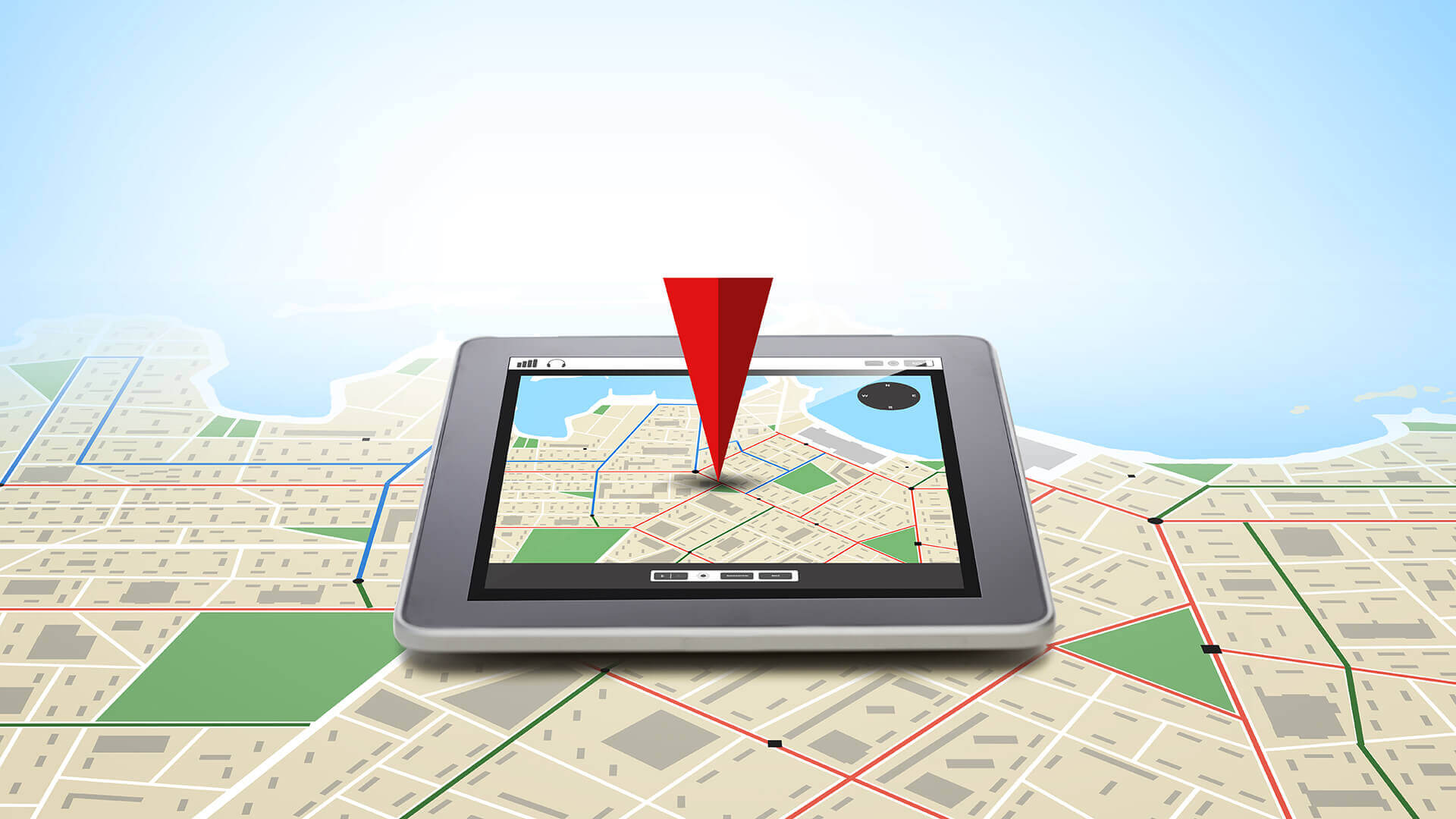PlaceIQ and IRI partnership combines location and purchase data for customer insights
The combination aims to provide CPG brands with answers to fundamental questions about consumer behavior.
Location data is quickly moving to the center of digital marketing because of the way it can define real-world audiences and reveal consumer behavior insights. But it arguably becomes even more powerful when combined with other data sets. This is the premise behind a newly expanded partnership between PlaceIQ and IRI.
PlaceIQ location data is being integrated into IRI’s data set, which includes verified consumer purchase data. IRI has a consumer panel, licenses credit card data and has access to retailer loyalty card data representing roughly 250 million loyalty cards in the US. Its primary customers are CPG brands.
One of the things the data will be used for is enhanced personalization, as part of the new IRI Personalization Suite. It will also be used for lookalike modeling: where are more consumers who are like the consumers shopping for the product or brand in question? Location intelligence will also be used to inform ad creative and media buying and planning. For example, are media placements actually driving the targeted audiences into stores?
PlaceIQ CEO Duncan McCall gave an example of a brand that did out-of-home advertising in sports stadiums under the assumption that attendees matched its target customer profile. Location data showed, however, that people at the sporting events were not in fact visiting stores to buy the advertised product.
Beyond audience targeting and attribution, the combined data can offer a range of consumer and competitive insights. According to Nishat Mehta, IRI’s president of media, the data will be used to gain greater understanding of the consumer journey and a more causal understanding of why consumers are behaving or buying in a certain way — which consumers in the target groups are buying a competitive product, and why? Location data combined with purchase data can provide brands with insight into the full consumer purchase path: where do people go, what media are they exposed to and what do they eventually buy?
The combined data may also yield information that helps with product innovation and even supply-chain management, according to Mehta. These operational and customer insights from location data may be more valuable ultimately than the targeting and attribution capabilities, which are not to be minimized. Recognizing the same thing, PlaceIQ competitors GroundTruth (formerly xAd) and NinthDecimal have recently moved to separate their media and data businesses accordingly.
The combination of location intelligence with other data sets will be increasingly common. Near is another location-data company (not involved in the PlaceIQ-IRI partnership). While the core of its data is location, it also aggregates other data sets to understand real-world behavior more holistically. CEO Anil Mathews calls his company an “Ambient Intelligence Platform” — partly as a descriptor and partly to differentiate it from competitors.
Many marketers still think of location as synonymous with small business or real-time geofencing. But as the PlaceIQ-IRI partnership shows, location has evolved into a powerful, horizontal signal that can inform much more than simply marketing and media buying.
Opinions expressed in this article are those of the guest author and not necessarily MarTech. Staff authors are listed here.
Related stories
